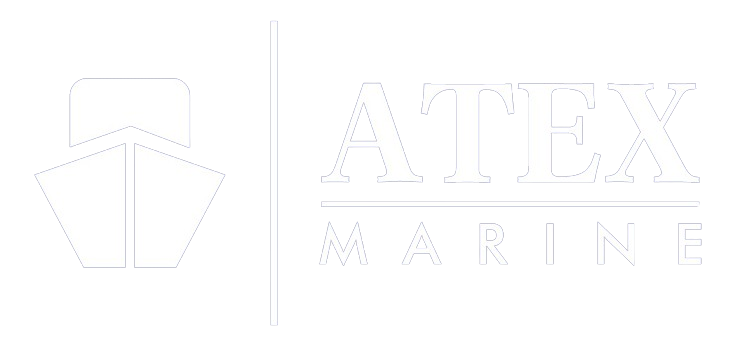Understanding Thermal Imaging Camera Systems: A Comprehensive Guide
Thermal imaging camera systems have become indispensable tools across various industries, offering unique capabilities to detect and visualize heat signatures that are otherwise invisible to the naked eye. Whether for home inspections, industrial maintenance, or security applications, these devices play a crucial role in identifying anomalies and ensuring safety.
Key Features of Thermal Imaging Camera Systems
- Infrared Detection: These cameras detect infrared radiation emitted by objects, converting it into visible images based on temperature differences.
- High Resolution: Capable of capturing detailed thermal images for precise analysis.
- Real-time Monitoring: Provides instant feedback on temperature variations, aiding in quick decision-making.
- Portability: Available in handheld and mounted forms, suitable for various environments and applications.
- Data Analysis: Allows for the storage and analysis of thermal images to track trends and identify potential issues.
Applications of Thermal Imaging Camera Systems
These systems find applications in:
- Building Inspections: Detecting energy loss, moisture intrusion, and electrical faults.
- Industrial Maintenance: Monitoring machinery for overheating and identifying faulty components.
- Medical Diagnostics: Used in thermography for assessing injuries and diseases.
- Security and Surveillance: Detecting intruders in low-light conditions.
- Firefighting: Locating hot spots and victims in smoke-filled environments.
Frequently Asked Questions (FAQs) about Thermal Imaging Camera Systems
| Question | Answer |
|---|---|
| What is thermal imaging? | Thermal imaging is a technology that detects infrared radiation emitted by objects and creates images based on temperature differences. |
| How does a thermal imaging camera work? | These cameras use infrared sensors to capture the heat emitted by objects. The data is then processed to create thermal images displaying temperature variations. |
| What are the advantages of using thermal imaging? | Thermal imaging allows users to identify issues such as electrical faults, energy loss, and structural defects that are not visible to the naked eye. |
| Where are thermal imaging cameras used? | They are used in building inspections, industrial maintenance, medical diagnostics, security and surveillance, and firefighting. |
| Are thermal imaging cameras safe? | Yes, thermal imaging cameras are safe to use as they do not emit any radiation and only detect infrared radiation emitted naturally by objects. |
| What factors should be considered when choosing a thermal imaging camera? | Consider factors such as resolution, temperature range, sensitivity, portability, and software capabilities based on your specific application needs. |
| Can thermal imaging cameras detect gas leaks? | Yes, some thermal imaging cameras can detect gas leaks as certain gases emit heat that can be detected using infrared technology. |
| How accurate are thermal imaging cameras? | Thermal imaging cameras can provide accurate temperature measurements within a specified range, typically within a few degrees Celsius. |
| What are the limitations of thermal imaging? | Thermal imaging cameras may have limitations in detecting through glass or other reflective surfaces, and the accuracy can be affected by environmental conditions. |
| Can thermal imaging cameras see through walls? | No, thermal imaging cameras cannot see through walls as they detect surface temperatures and are unable to penetrate solid objects. |
Thermal imaging camera systems continue to evolve, offering enhanced features and applications across diverse fields. Whether for improving energy efficiency, ensuring equipment reliability, or enhancing safety protocols, these devices remain integral to modern technological advancements.
